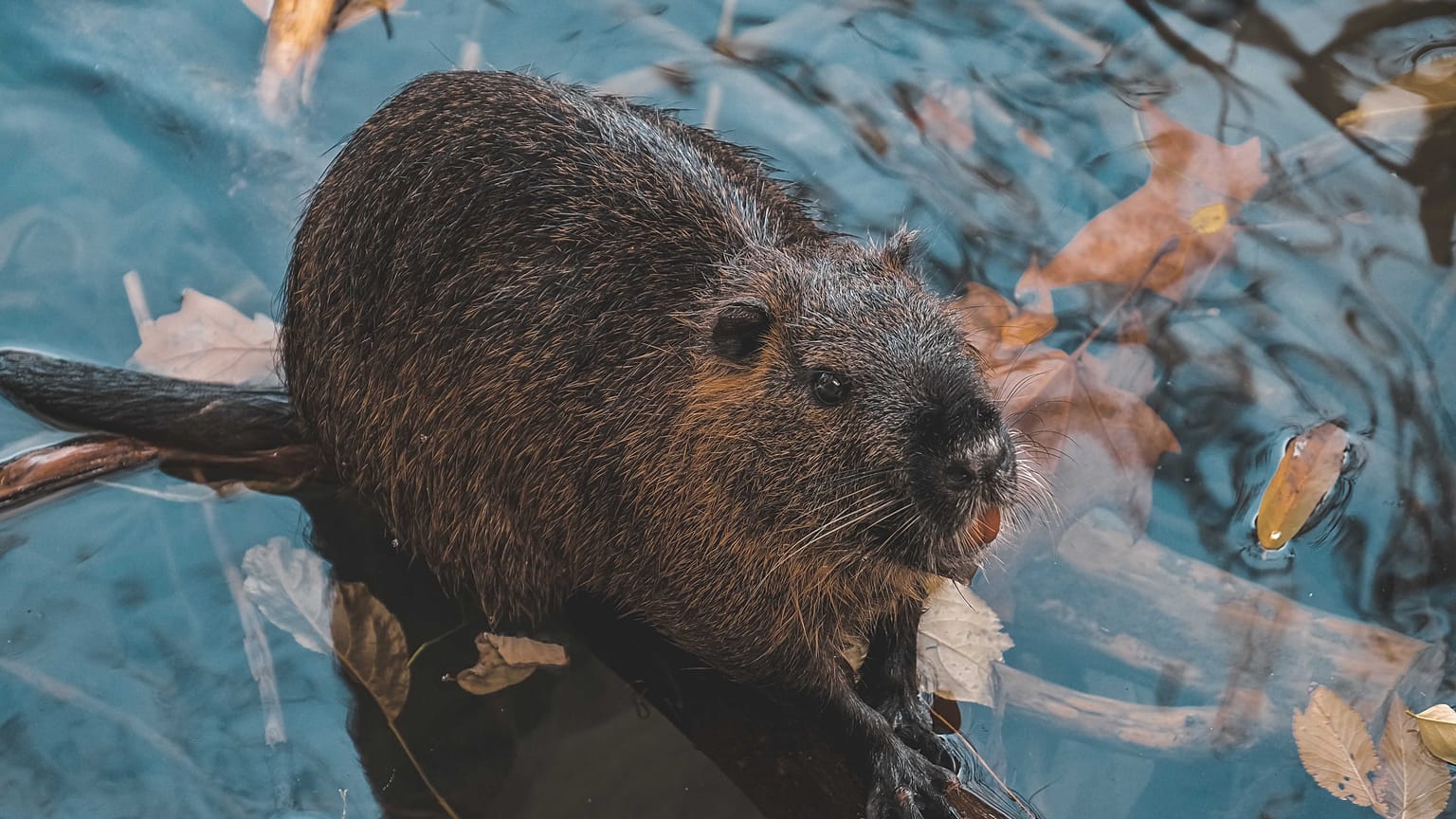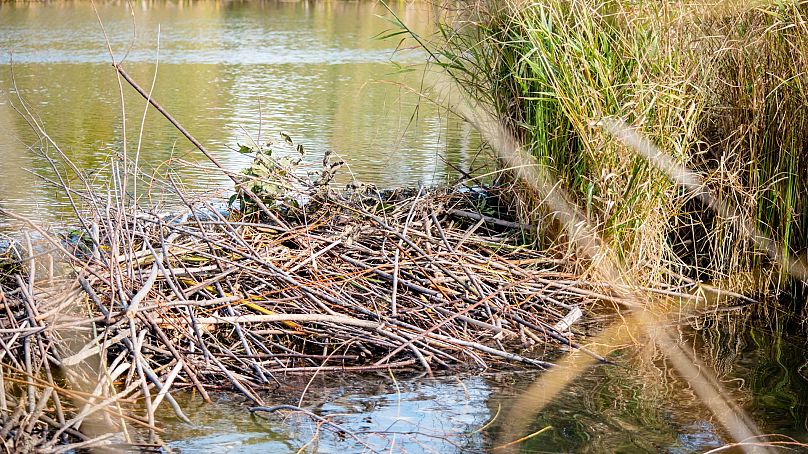Beavers brought back from local extinction can now be seen in the wilds of west London.
Londoners will soon be able to take ‘beaver safaris’ after the animals were reintroduced to the UK capital this week.
Widely hunted for their fur and meat, beavers went extinct in England during the 16th century.
But after a decade of successful breeding programs, the semi-aquatic mammal is back. Now, they have returned to London for the first time in more than 400 years.
A family of five Eurasian beavers have been released in Ealing’s Paradise Fields, an eight-hectare site of woodland and wetlands.
The initiative is one of 22 projects sharing a City of London rewilding fund of around £850,000 (€967,000). Mayor Sadiq Khan announced the new fund on World Rewilding Day earlier this year.
“Despite the harm inflicted on the natural world, we have the power to make amends, and I am committed to ensuring that London is at the vanguard of efforts to reverse the trends of declining biodiversity and the destruction of nature," he said.
Why are beavers being reintroduced to London?
Beavers can be ‘ecosystem engineers’ generating a habitat for dozens of other species. The wood they bring into water provides food and shelter for insects, who in turn attract fish and birds. Their dams slow water, creating wetlands and marshy meadows.
The reintroduction will greatly benefit the local environment, said Dr Sean McCormack, chair and founder of Ealing Wildlife Group.
“Many people assume beavers to be a wilderness species. In fact, we’ve just forgotten how closely we used to live alongside them.”
“And we’ve forgotten the rich tapestry of life they can bring as engineers of healthy ecosystems.”
This is the second reintroduction attempt in London. An initial 2021 effort failed after the male in the breeding pair died of natural causes.
Once the new family is settled, the organisations in charge of the rewilding hope to run 'beaver safaris' for people to catch a glimpse of the new locals. Beavers are most commonly spotted at dawn and dusk.
How can beavers help to prevent flooding?
The diligent rodents could also help protect local infrastructure.
Paradise Fields often floods, causing damage to local Greenford Tube station. But beavers could prevent this - not only do they build dams, but they dig out new channels while exploring. This network of ponds can hold water, preventing it from rushing out of park areas.
Findings from the River Otter Beaver Trial in Devon show that the beavers reduced flood flows by up to 60 per cent.
“Rewilding is a crucial tool in the toolbox for tackling the nature and climate emergencies,” says Professor Alastair Driver, Director of conservation charity Rewilding Britain
“Beavers can do much of that rewilding completely free of charge in river and wetland environments.”
Are beavers protected in England?
There are now hundreds of beavers in the UK. The government has passed legislation protecting them
As of October 2022, it is illegal to deliberately capture, injure, kill or otherwise disturb the creatures.
Other European countries could provide a glimpse into Britain’s beaver future.
Just a century after Eurasian beavers were reintroduced in Sweden, they now number over 150,000. Norway and Germany both reintroduced them in the 1960s, and they now have populations of around 80,000 and 40,000 respectively.



















